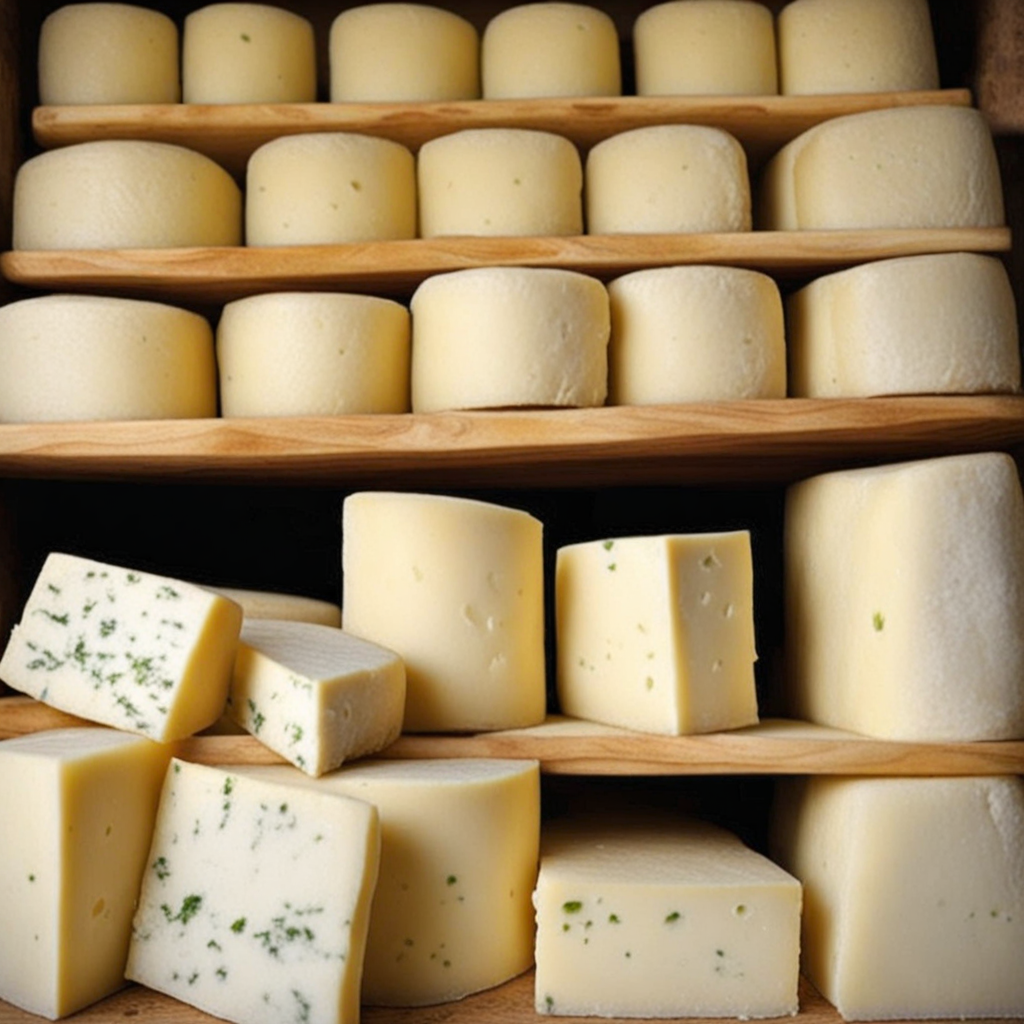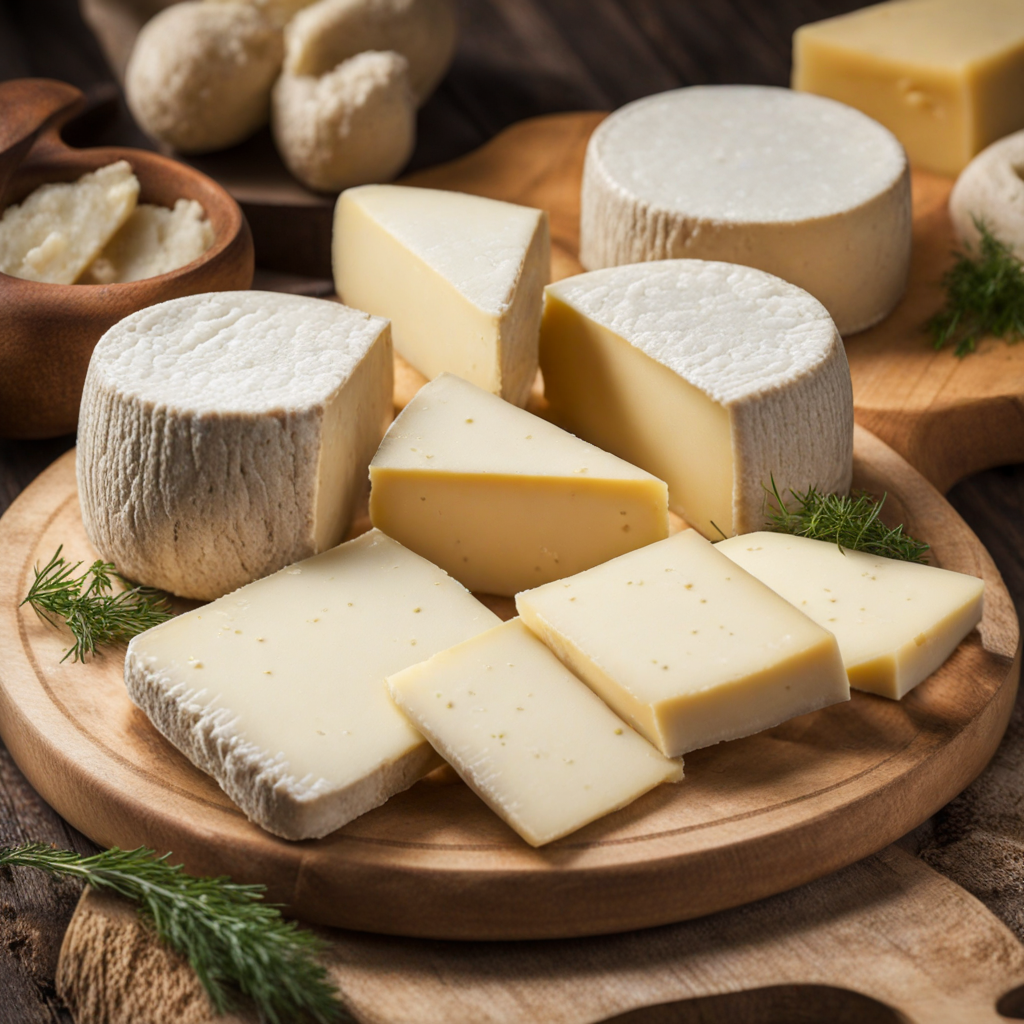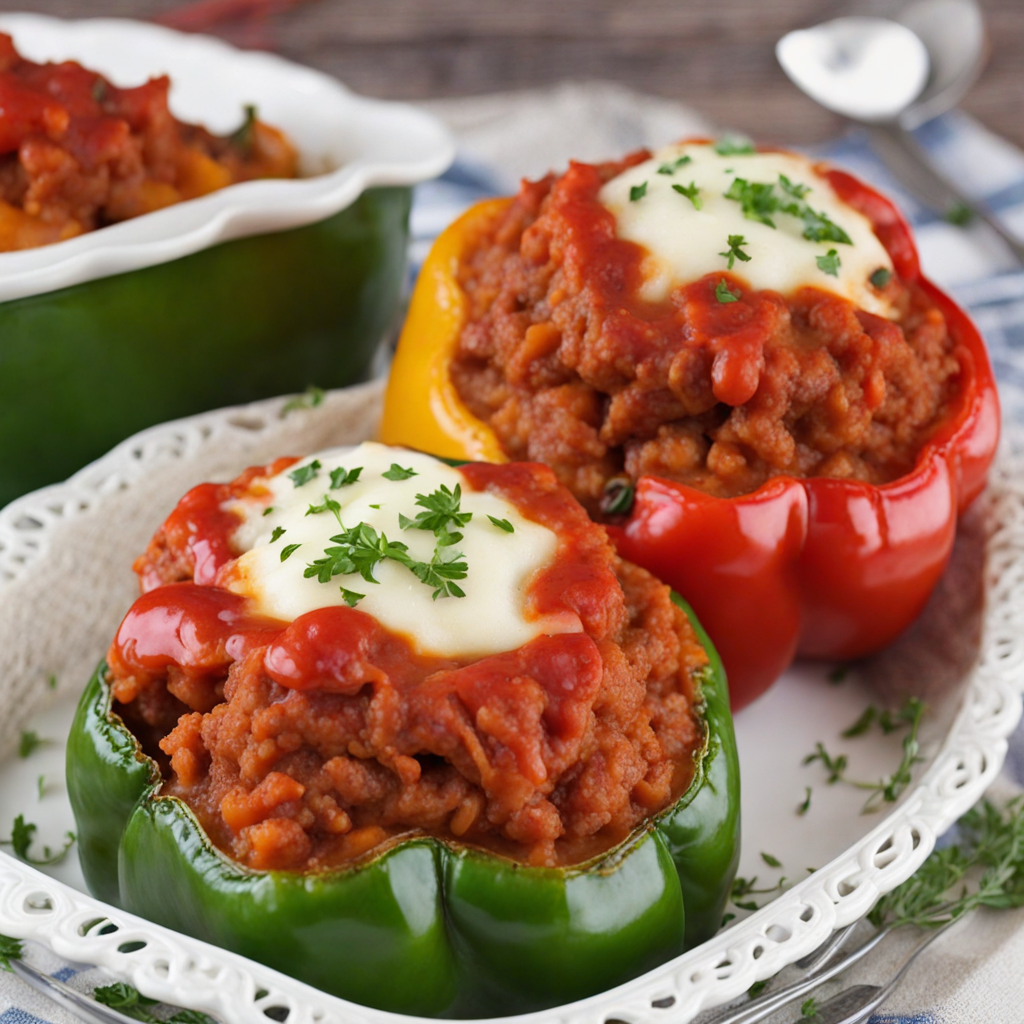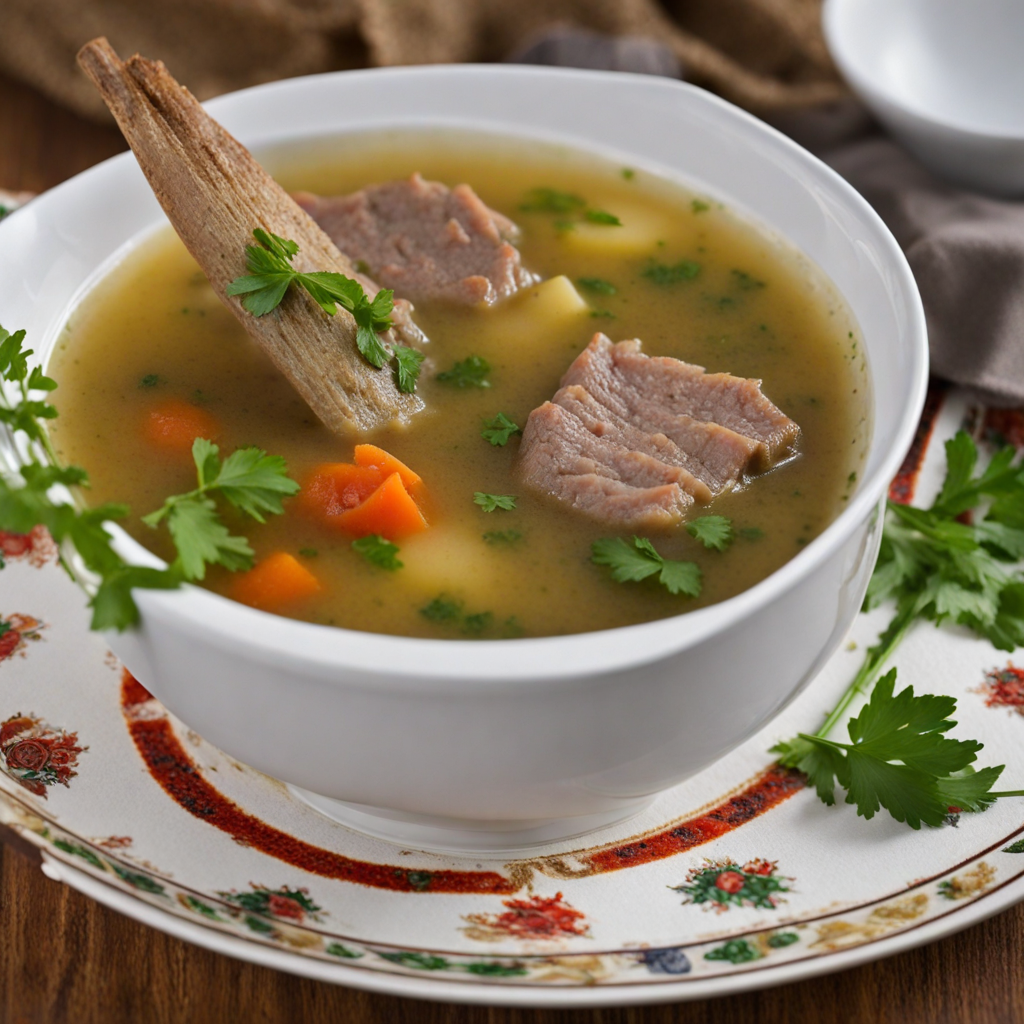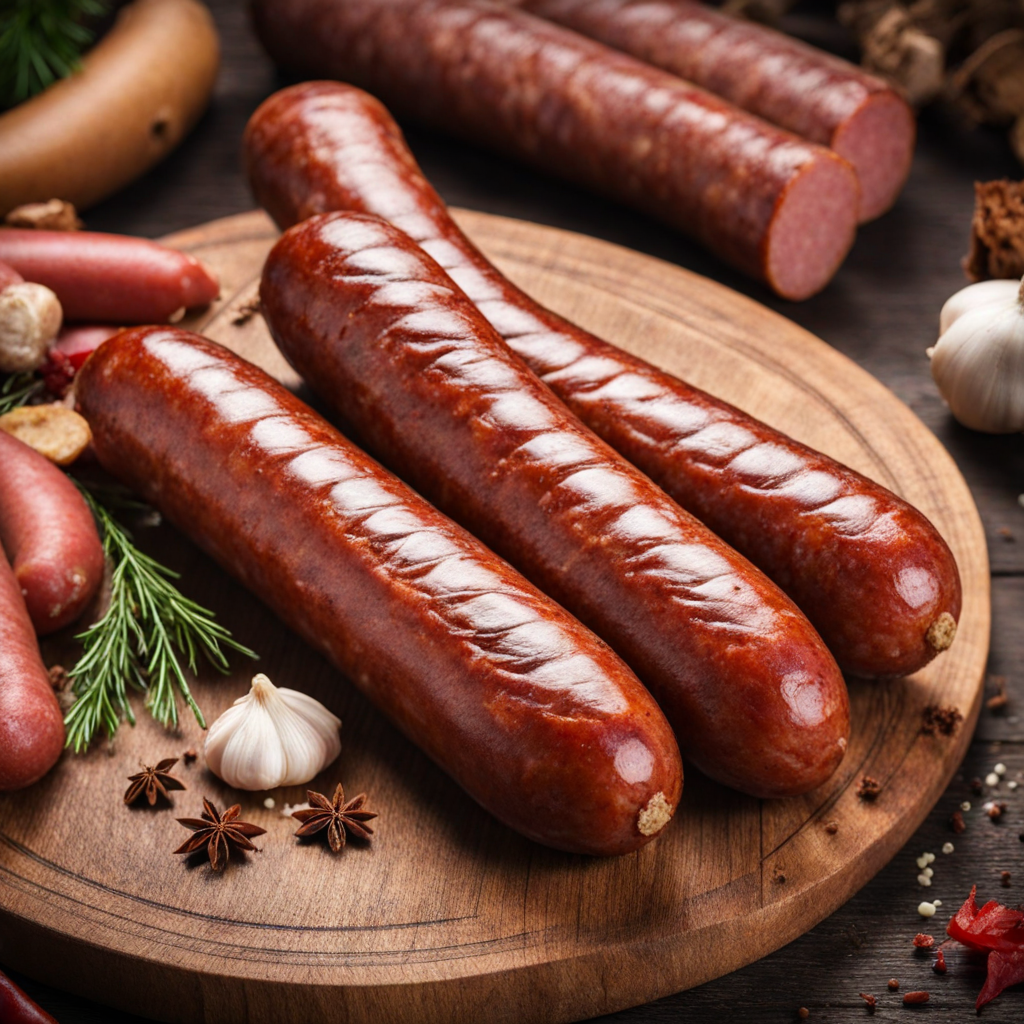Sheep Cheese
Sheep cheese, or "brânză de oaie" as it is known in Romania, is a delightful dairy product that reflects the rich pastoral traditions of the country. Made from the milk of sheep, this cheese boasts a distinctively creamy texture and a flavor profile that ranges from mild and buttery to tangy and robust, depending on its aging process. The cheese is often produced in rural areas, where shepherds have perfected their craft over generations, utilizing traditional methods that enhance its unique characteristics. This artisanal approach results in a product that is not just a staple in Romanian households but also a proud representation of the country’s culinary heritage. One of the most beloved varieties of sheep cheese in Romania is "telemea," which has a crumbly texture and a slightly salty taste. It is often enjoyed on its own, paired with fresh bread, or incorporated into salads and various dishes. The cheese can also be found in a range of styles, from soft and spreadable to firmer types that can be sliced. Sheep cheese is frequently used in traditional Romanian recipes, such as "sarmale" (cabbage rolls) and "mămăligă" (cornmeal porridge), where it adds a rich, savory note that complements the other ingredients beautifully. Beyond its delicious taste, sheep cheese is also celebrated for its nutritional benefits, being rich in protein, calcium, and essential vitamins. Its distinctive flavor makes it a versatile ingredient that can elevate both simple and sophisticated dishes. Whether enjoyed as part of a charcuterie board, sprinkled over a warm dish, or simply savored with a glass of local wine, sheep cheese offers an authentic taste of Romania that delights the palate and invites culinary exploration.
How It Became This Dish
The Allure of Brânză de Burduf: A Culinary Journey Through Romania #### Origins: The Birth of a Tradition Brânză de burduf, a traditional Romanian cheese, has its roots deeply embedded in the pastoral lifestyle of the Carpathian Mountains and the surrounding regions of Romania. The name itself translates to "sheepskin cheese," derived from the method of its storage and aging in sheepskin bags, known as "burduf." This artisanal cheese is primarily made from sheep's milk, although variations can include cow's or goat's milk. Historically, the practice of cheese-making in Romania can be traced back to ancient times, influenced by the Dacians and later the Romans, who introduced various dairy techniques to the local populace. The conditions of the Carpathian Mountains, with their rich pastures and abundant sheep herding, created an environment conducive to the production of high-quality cheese. As nomadic shepherds roamed the mountains, they developed methods to preserve milk through cheese-making, leading to the creation of Brânză de burduf. The cheese-making process typically involves curdling milk with rennet, draining the whey, and then salting and pressing the curds into molds. The final step involves aging the cheese in sheepskin bags, which not only helps in flavor development but also establishes the unique texture that distinguishes Brânză de burduf from other cheeses. The result is a crumbly, creamy cheese with a characteristic tanginess, often with a hint of smokiness if it has been smoked. #### Cultural Significance: A Culinary Symbol Brânză de burduf is more than just a food item; it embodies the cultural heritage of Romania. It is a staple in traditional Romanian cuisine, often served as part of a meze platter alongside cured meats, fresh vegetables, and polenta (mămăligă). This cheese holds a special place in Romanian celebrations and gatherings, particularly in rural communities where it is a symbol of hospitality and abundance. In the context of Romanian folklore and traditions, Brânză de burduf has been featured in various customs and rituals. For instance, during the celebration of "Sânziene," a midsummer festival dedicated to the summer solstice, cheese is often used in traditional dishes prepared for family gatherings. Its presence on the table signifies good fortune and prosperity, reinforcing the connection between food and cultural identity. Moreover, Brânză de burduf is tied to the nomadic traditions of shepherds, known as "ciobani." These shepherds, who would spend months in the mountains with their flocks, relied on the cheese as a nutritious and durable food source. The craft of cheese-making was often passed down through generations, solidifying the importance of Brânză de burduf in the social fabric of Romanian rural life. #### Development Over Time: From Tradition to Modernity As Romania entered the 20th century, the industrialization of dairy production began to impact traditional cheese-making practices. Urbanization led to a decline in artisanal methods, with many young people moving to cities for work. However, the latter half of the century saw a resurgence in interest in traditional foods, particularly after the fall of communism in 1989. A renewed appreciation for local products and a desire to preserve cultural heritage sparked interest in artisanal cheese-making, including Brânză de burduf. In recent years, the cheese has gained recognition beyond Romania’s borders. Artisanal producers have emerged, dedicated to maintaining traditional methods while also experimenting with new flavors and techniques. The European Union has recognized Brânză de burduf as a product of geographical indication (PGI), which helps protect its authenticity and promotes its unique qualities. This status not only highlights the cultural importance of the cheese but also supports local economies and encourages sustainable farming practices. Modern chefs and culinary enthusiasts have also embraced Brânză de burduf, incorporating it into contemporary dishes while maintaining its traditional roots. It is now featured in a variety of recipes, from salads to gourmet pizzas, showcasing its versatility and depth of flavor. The cheese has also found a place in fusion cuisine, where it is paired with international ingredients to create innovative dishes that introduce this Romanian delicacy to a global audience. #### Preservation of Tradition: Challenges and Opportunities Despite its revival, Brânză de burduf faces challenges in the modern food landscape. Large-scale dairy production often prioritizes efficiency over quality, leading to a decline in traditional cheese-making practices. Additionally, the migration of rural populations to urban areas threatens the transmission of these artisanal skills to future generations. To combat this, various organizations and initiatives have been launched to promote sustainable farming and artisan cheese-making, ensuring that Brânză de burduf remains a vital part of Romanian culture. Educational programs have been established to teach young people about traditional cheese-making techniques, fostering a new generation of artisans committed to preserving Romania's culinary heritage. Furthermore, local markets and food festivals celebrate traditional foods, allowing producers to showcase their products and connect with consumers who value authenticity and quality. The growing trend of slow food and farm-to-table movements globally also presents an opportunity for Brânză de burduf to shine. As more people seek to understand the origins of their food and support local producers, traditional cheeses like Brânză de burduf are finding a receptive audience. #### Conclusion: A Taste of Heritage Brânză de burduf is not just a cheese; it is a narrative woven into the fabric of Romanian history and culture. Its journey from the pastoral hills of the Carpathian Mountains to the tables of both rural and urban families reflects the resilience of tradition in the face of modern challenges. As this culinary gem continues to evolve, it remains a cherished symbol of Romania's rich heritage, inviting food lovers worldwide to experience its unique flavors and the stories behind them. Whether enjoyed as part of a traditional meal or incorporated into modern cuisine, Brânză de burduf stands as a testament to the enduring connection between food, culture, and identity.
You may like
Discover local flavors from Romania


